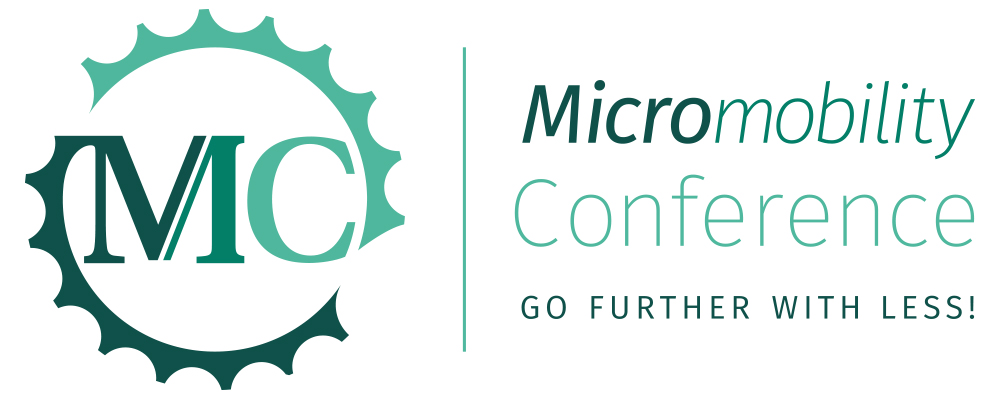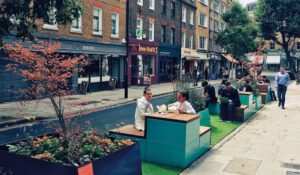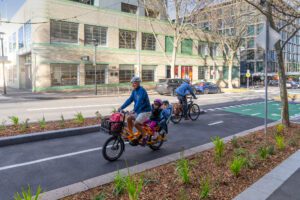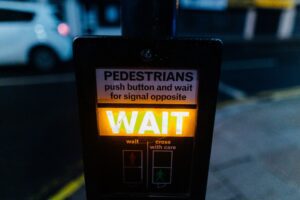Micromobility pioneer Oliver Bruce will delve deep into why micromobility matters … and why escalating fuel prices, traffic congestion and looming emission reduction deadlines are making micromobility an increasingly important solution.
Fiona will share four key tips for accelerating the delivery of cycleways, or micromobility networks, based on the experience of the City of Sydney, to inspire and assist both practitioners and supporters address the challenges and succeed. A few case studies will illustrate different approaches to the challenge of using road space reallocation to achieve program objectives.
WA’s approach to bike boulevards has achieved some great results.
Cars are slowing down, streets feel safer and more people are walking and riding along routes where carriageway widths were narrowed and treatments were applied every 80 to 100 metres.
Michelle will explain the innovative and comprehensive evaluation approaches used by the WA Department of Transport’s Active Transport division, using quantitative and qualitative data to understand the success of each project.
Public health specialist, urbanist and transport planner Lucy Saunders developed the Healthy Streets Approach in the UK and is supporting practitioners across Australia to apply it.
This work includes developing the Healthy Streets Design Check Australia and taking more than 150 policy makers, planners, designers and advocates through a six-week Healthy Streets Foundation Course.
Lucy’s presentation will dispel the myth that Healthy Streets projects need to be high cost and visually dazzling. She will show how three neighbourhoods were each transformed with just $100,000 AUD capital, using low-cost but high-impact measures.
City transformation and transition specialist Megan Sharkey will teach workshop participants the tools and templates to help build and accelerate micromobility transitions.
The workshop will break down the framework for change into simple parts that anyone can use, regardless of background, skills or job. You don’t need transport, planning or other specialist knowledge, you just need to want to change your street for the better.
Accelerating micromobility transitions doesn’t need to be difficult. Across the globe we are seeing social, cultural, and infrastructure changes towards a new transport paradigm that puts pedestrians, bike riding and micromobility first.
Keynote speaker Megan Sharkey will discuss her PhD research and experience creating and accelerating micromobility transitions. Megan created a Framework for Change used for the London Cycling Campaign. The framework makes it simpler to build a movement and coalitions, to create measurable goals and visions, and understand who can change policy and infrastructure.
Advocacy organisation Bicycle Network and UK technology company VivaCity Labs present an artificial intelligence survey method (AIRS) offering insights to how vulnerable road-users interact with traffic, to inform decision makers with infrastructure monitoring and planning.
Micromobility devices have proliferated around the world and have become part of the new mobility world. While they offer many benefits for sustainability, wellbeing and accessibility, they also bring new challenges for cities unprepared for the explosion of small, single-person vehicles flooding their streets.
Transport planner Todd Nguyen will explore how cities can manage the wide-ranging implications for transit networks, streetscapes, social justice and human behaviour.
Traffic signals give priority to motor vehicles over pedestrians. This inequality undermines many of the stated goals of transport, health and environment policy.
US civil engineer and transportation analyst Professor David Levinson discusses how traffic signals reduce pedestrian accessibility, and what can be done about it.
A professor at Sydney University since 2017, David says typical traffic signals in a city reduce the radius being reached on foot by 24% This means a 45% loss in the number of areas and opportunities that a pedestrian can reach compared with 100 years ago.
Shared micromobility provides a unique opportunity to respond to a suite of concerns common to many cities throughout Asia Pacific – congestion, carbon emissions, transport equity and economic activation – all at little to no cost to ratepayers.
In recent years, it has become apparent this also comes with challenges, including clutter in public spaces and safety concerns.
Dan Barr, head of the consultancy Better Cities Group, will explore a trend among cities who are a few years into their micromobility journey, to collaborate with leading share service providers to achieve mutual benefit.
These cities can see the success of shared e-scooter programs is aligned with their own policy ambitions, and they are forming strong partnerships that ensure commercial success for operators.
- « Previous
- 1
- 2
- 3
- 4
- Next »










